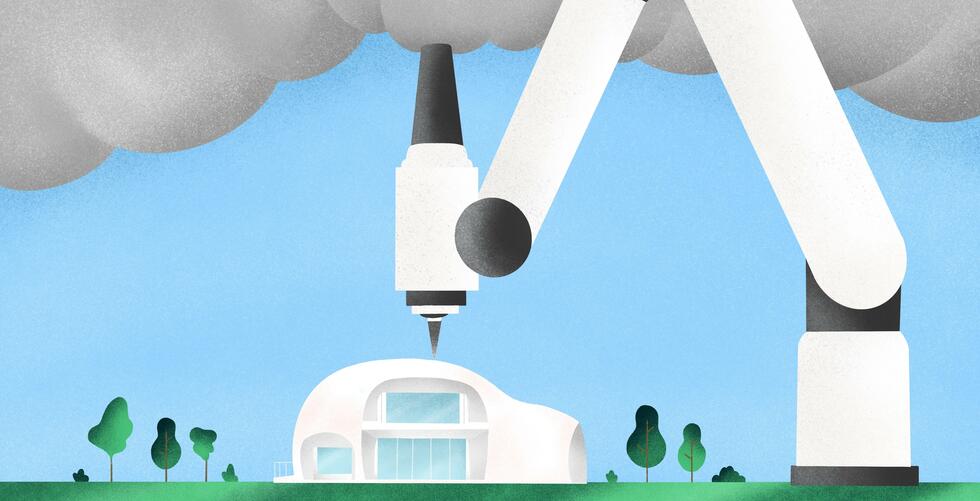SHORT NEWS
Ever-increasing space debris
Earth’s orbit is riddled with disused satellites and debris – a danger to the infrastructure in space. Now, the European Space Agency (ESA) has commissioned a Swiss start-up to prepare a waste disposal mission.

A consortium led by the Swiss start-up ClearSpace prevailed in a tender conducted by ESA and was awarded the contract for a waste disposal mission in Earth’s orbit. This spin-off company of the Swiss Federal Institute of Technology in Lausanne (EPFL) specializes in the cleaning up of space debris.
According to ESA, the ClearSpace-1 mission is scheduled for launch in 2025. The aim is to remove debris left over from ESA’s Vega launcher rocket from its orbit using what one could describe as a “tow truck”. After its first flight in 2013, the upper stage of the rocket, known as the “Vespa” (Vega Secondary Payload Adapter), remained in orbit at an altitude of around 730 kilometers.
The Vespa has a mass of 100 kilograms, making it almost as large as a small satellite. Its simple shape and robust structure make it the ideal first target for the ClearSpace mission, ESA stated. Subsequent missions will seek to remove more challenging orbital objects.
Four robotic arms on a trash hunt
ClearSpace’s “Chaser” – the “tow truck” – has four robotic arms to catch and retrieve the rocket component and then secure it to the chaser. If all goes well, the Chaser and the Vespa will then descend into the atmosphere and burn up together.
“Now is the right time for such a mission,” says Luc Piguet, the founder and CEO of the start-up. “The issue of space debris is more pressing than ever. There are currently almost 2000 active satellites and 3000 inactive satellites orbiting Earth.”
The number of satellites is expected to increase substantially in the coming years, as several projects involving constellations of hundreds to thousands of satellites for telecommunications and surveillance services have been initiated – among others – by companies such as Space X and Oneweb. This makes it all the more important to remove degraded satellites from the busy low-Earth orbit, Luc Piguet explained.
The problem intensifies
Even without additional satellite launches, the problem will intensify over time: As Luisa Innocenti, head of ESA’s “Clean Space” initiative, explains, collisions between objects create new debris, which can then collide with even more objects and produce even more debris – a cascade effect. “We have to develop technologies to prevent the creation of new debris and remove the debris that already exists.”
ESA therefore intends to continue its developments in guidance, navigation, and control technology, as well as rendezvous and gripping methods for the removal of space debris, and bundle them in a new project called Adrios (Active Debris Removal/In-Orbit Servicing). The findings of this projects will also benefit the ClearSpace-1 mission.






































































































